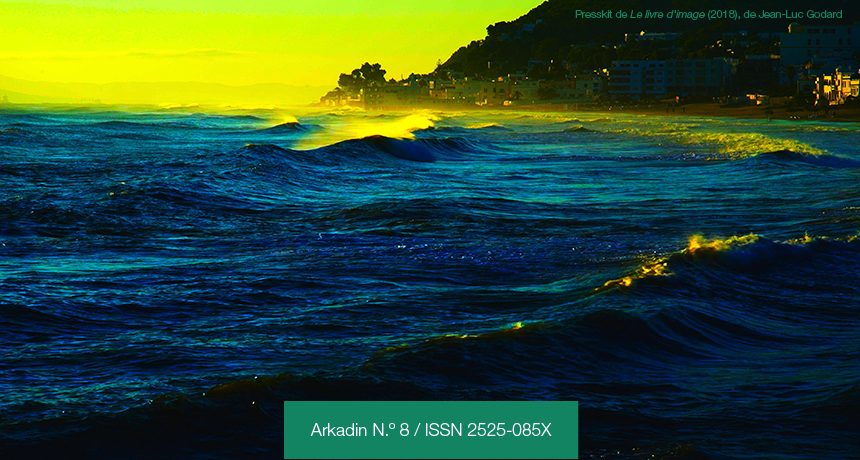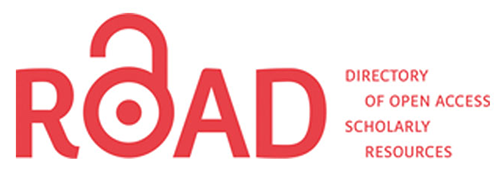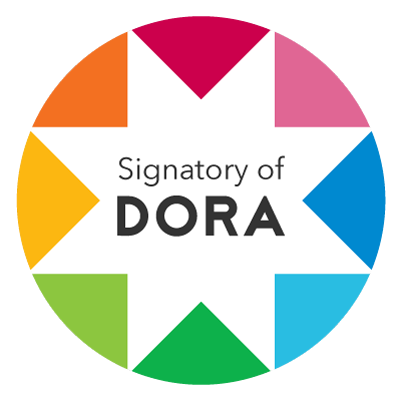The Rage and the Limits of Essay Film
DOI:
https://doi.org/10.24215/2525085Xe003Keywords:
Film, poetry, prose, essay, imageAbstract
As commissioned work and exceptional piece in Pasolini’s filmography, La Rabbia opens an unusual mode of operation with images and words. Pasolini started from a voluminous documentary archive of diverse sources, made his own montage of images and visualizing that structure he produced a script that was itself an experimental writing piece which articulates poetry and prose. The project and the result were explicitly characterized by the author as an essay film.References
Bertolucci, G. (2008). La rabbia di Pier Paolo Pasolini. Ipotesi di ricostruzione della versione originale del film [Película]. Italia: Opus Films.
Catalá, J. M. (2007). Las cenizas de Pasolini y el archivo que piensa. En J. Weinrichter (Ed.), La forma que piensa. Tentativas en torno al cine ensayo (pp. 92-108). Pamplona, España: Gobierno de Navarra y Museo Reina Sofía.
Didi-Huberman, G. (2013a). Film, essai, poéme. La Rabbia de Pier Paolo Pasolini. Les Cahiers du Musée national d’art moderne, (124), 19-35.
Didi-Huberman, G. (2013b). Rabbia poetica. Note sur Pier Paolo Pasolini. Po&sie, (143), 114-124. Recuperado de https://www.cairn.info/revue-poesie-2013-1-page-114.htm
Duflot, J. (1971). Conversaciones con Pier Paolo Pasolini. Barcelona, España: Anagrama.
Liverani, M. [1963] (1991). Pasolini ritira la firma del film La Rabbia. En L. Betti y M. Gulinucci (Eds.) Pier Paolo Pasolini. Le regole d’una ilusione (pp. 75-78). Roma, Italia: Fondo Pier Paolo Pasolini.
Pasolini, P. P. (1962). La ricotta [La ricota] [Película]. Italia: Arco Film Roma, Cineriz.
Pasolini, P. P. y Guareschi, G. (1963). La rabbia [La rabia] [Película]. Italia: Gastone Ferranti.
Pasolini, P. P. (2018). Todos estamos en peligro. Entrevistas e intervenciones. Madrid, España: Trotta.
Rossellini, R.; Godard, J. L.; Pasolini, P. P. y Gregoretti, U. (1963). RoGoPaG [Película]. Italia: Arco Film, Cineriz.
Downloads
Published
How to Cite
Issue
Section
License
The acceptance of the manuscript by the magazine means the non-exclusive cession of the property rights of the authors in favour of the editor, who allows the reuse, after publication (post print), under a license Attribution-NonCommercial-NoDerivatives 4.0 International.
According to these terms, the material can be copied and redistributed by any means or in any format as long as a) the author and original source of the publication are quoted (magazine and URL of the work), access to the license is provided and whether changes have been made is mentioned; and b) the material is not used for commercial purposes.
The cession of non-exclusive rights means that after the publication (post print) in Arkadin the authors can publish their work in any language, means and format; in such cases it must be mentioned that the material was originally published in this magazine. Such cession also means the authorization of the authors for the work to be collected by SEDICI, the institutional archive of the Universidad Nacional de La Plata, and to be spread in the databases that the editorial team considers appropriate to increase the visibility of the publication and its authors.
Moreover, the magazine encourages the authors to deposit their productions in other institutional and thematic archives under the principle that offering the society the scientific and academic production without any restrictions contributes to a greater exchange of the global knowledge.
























